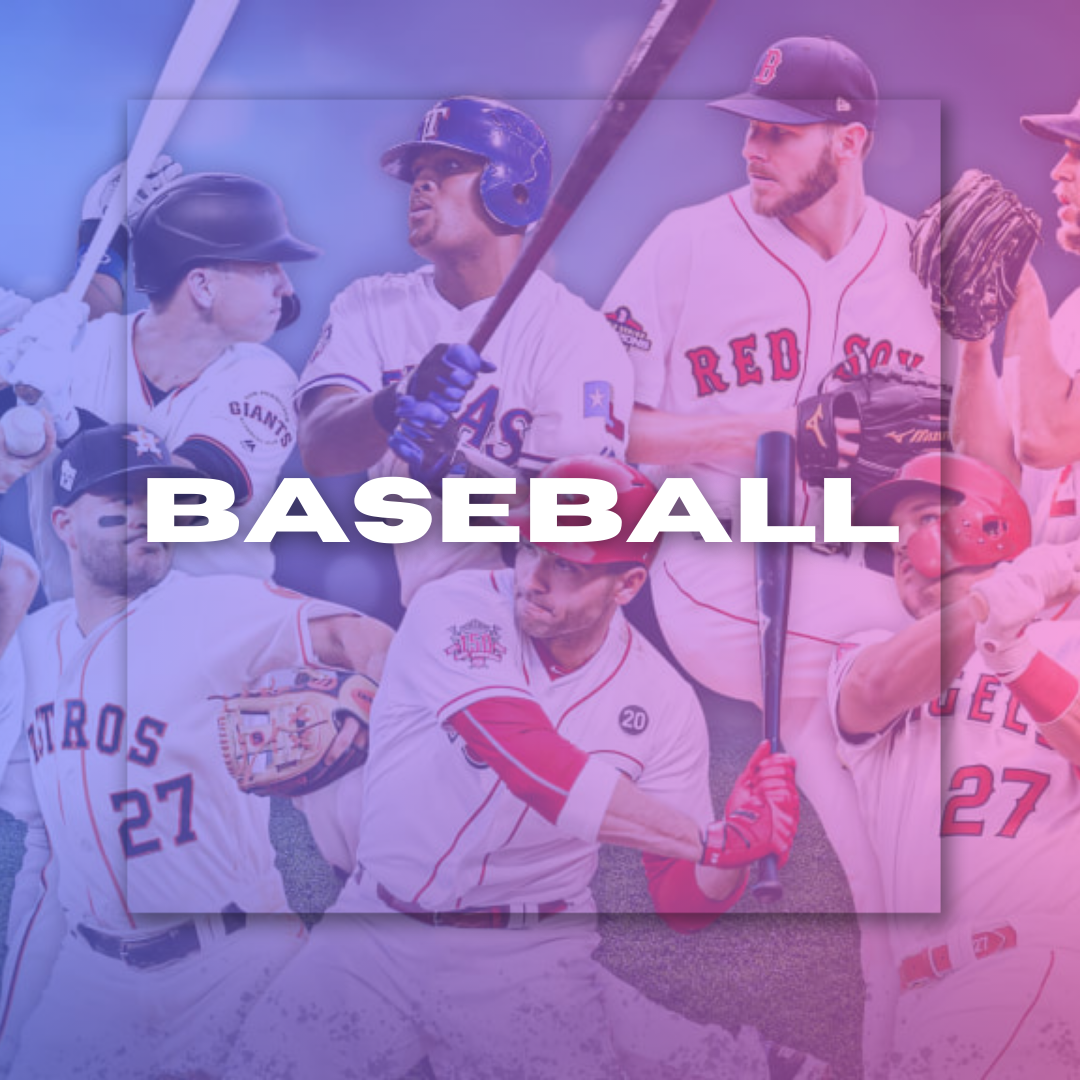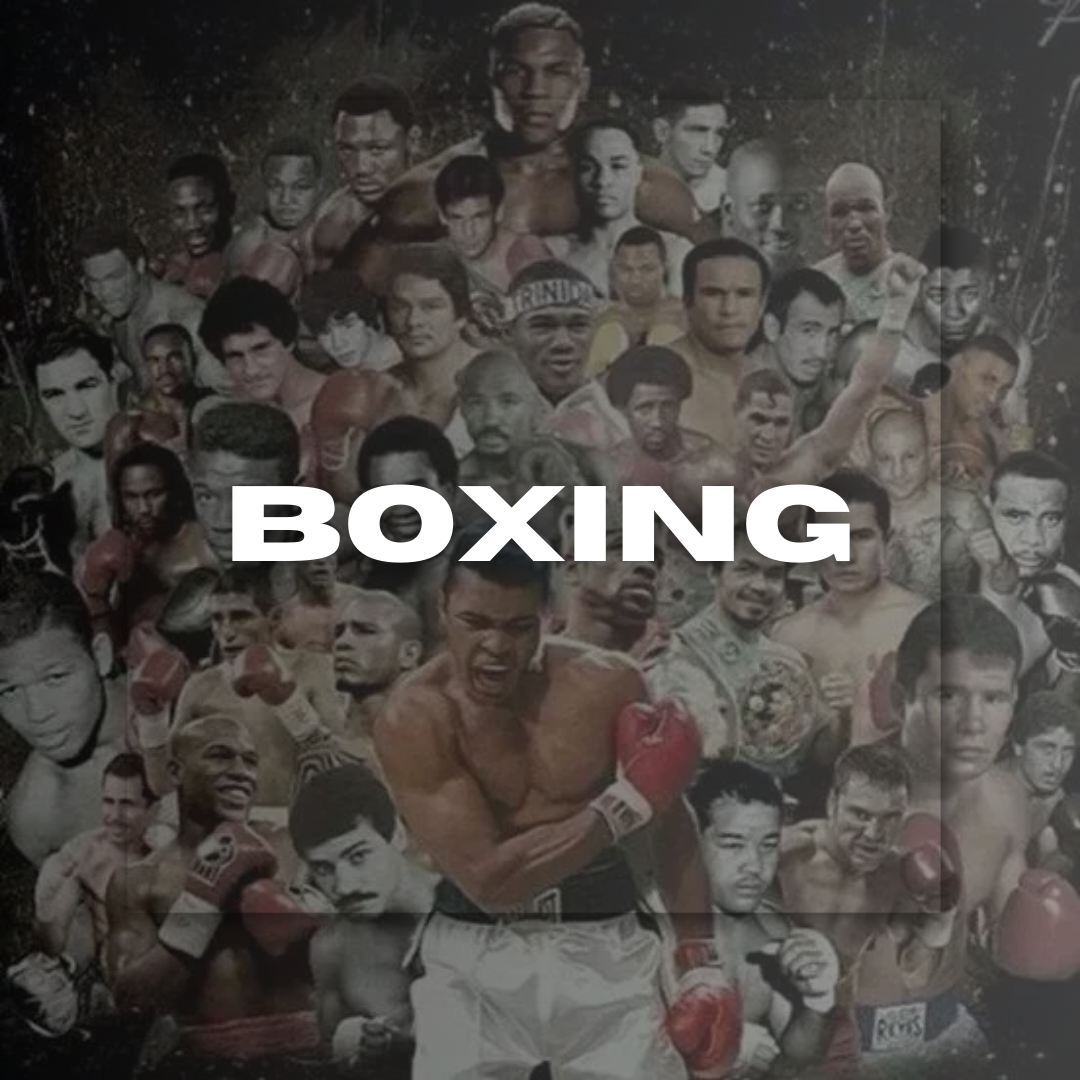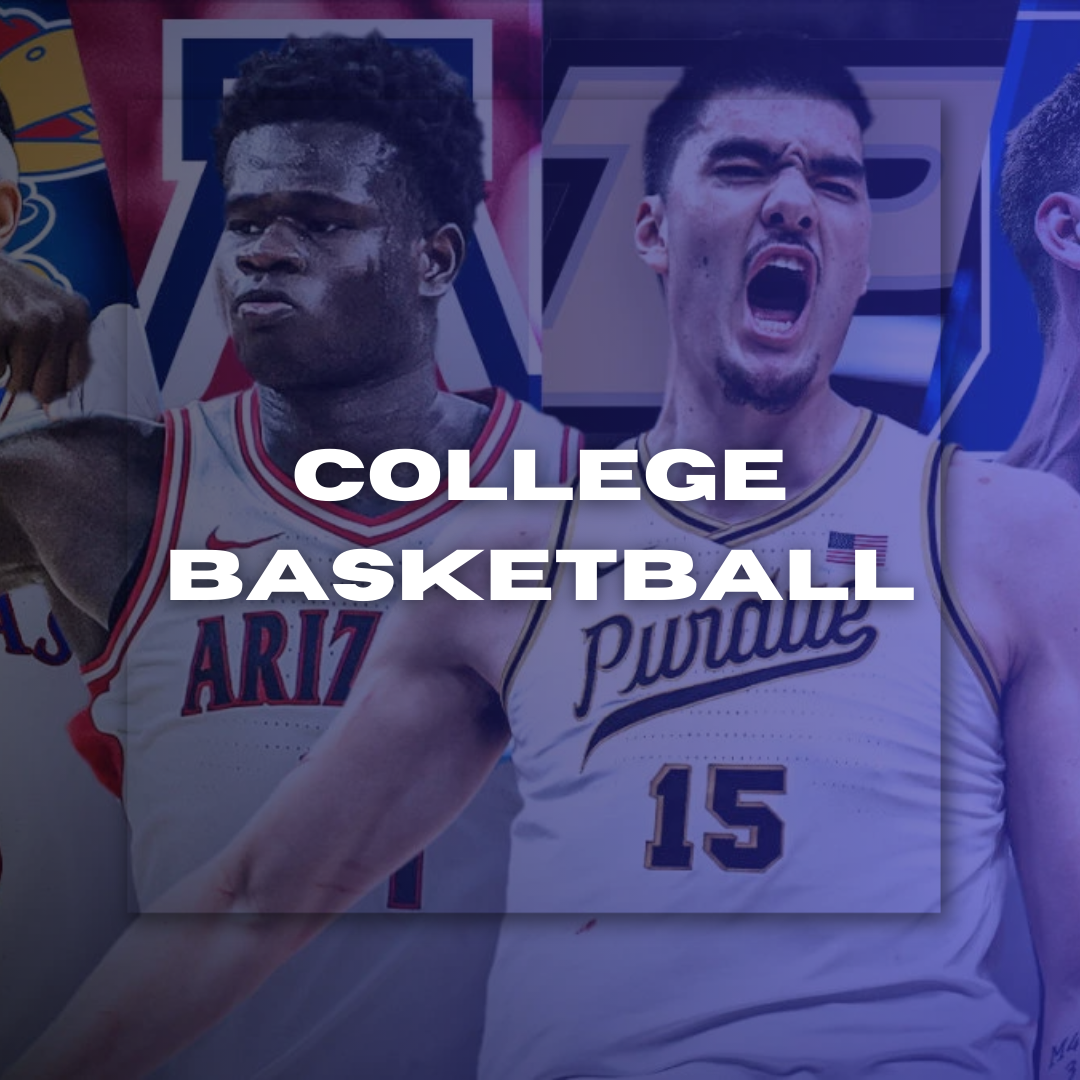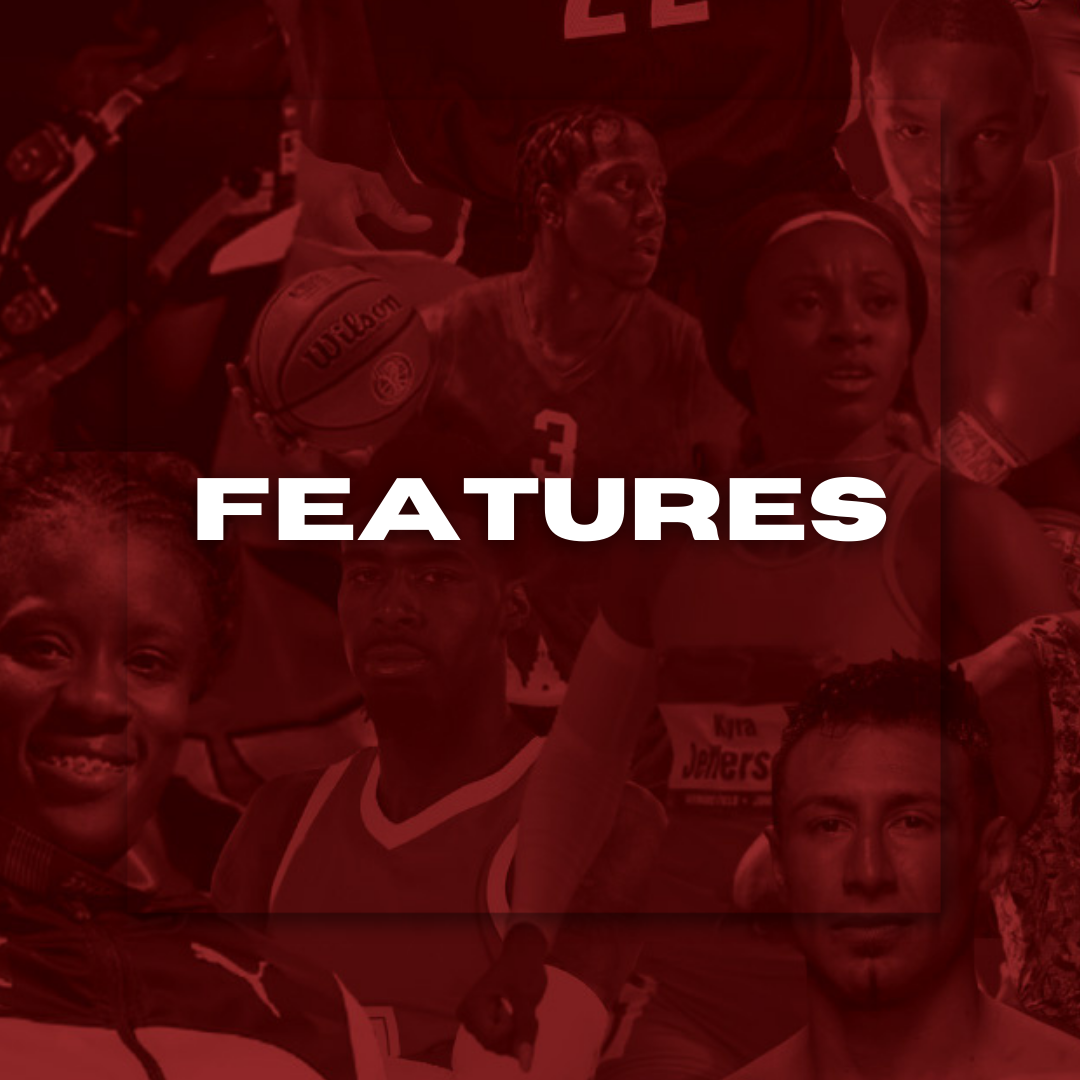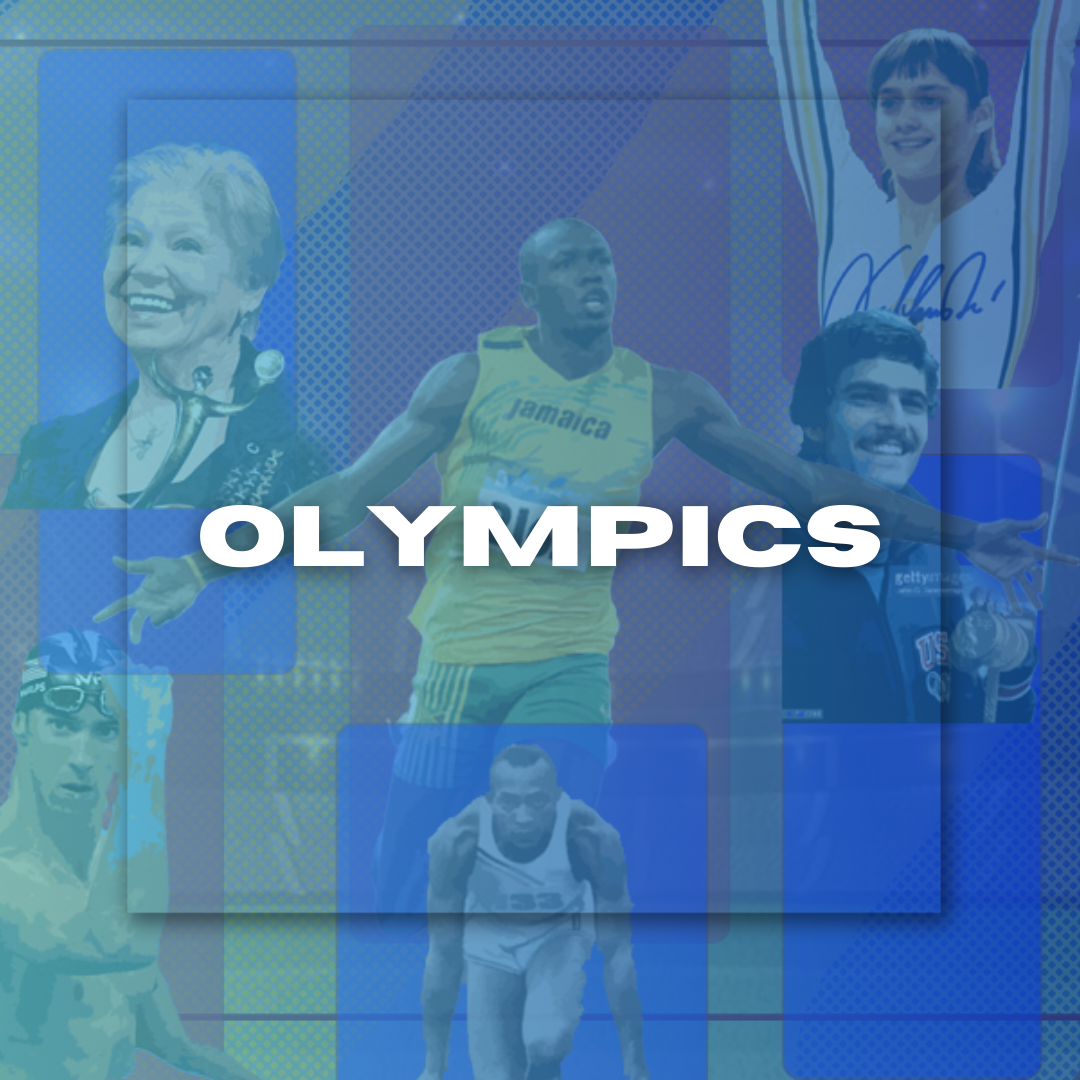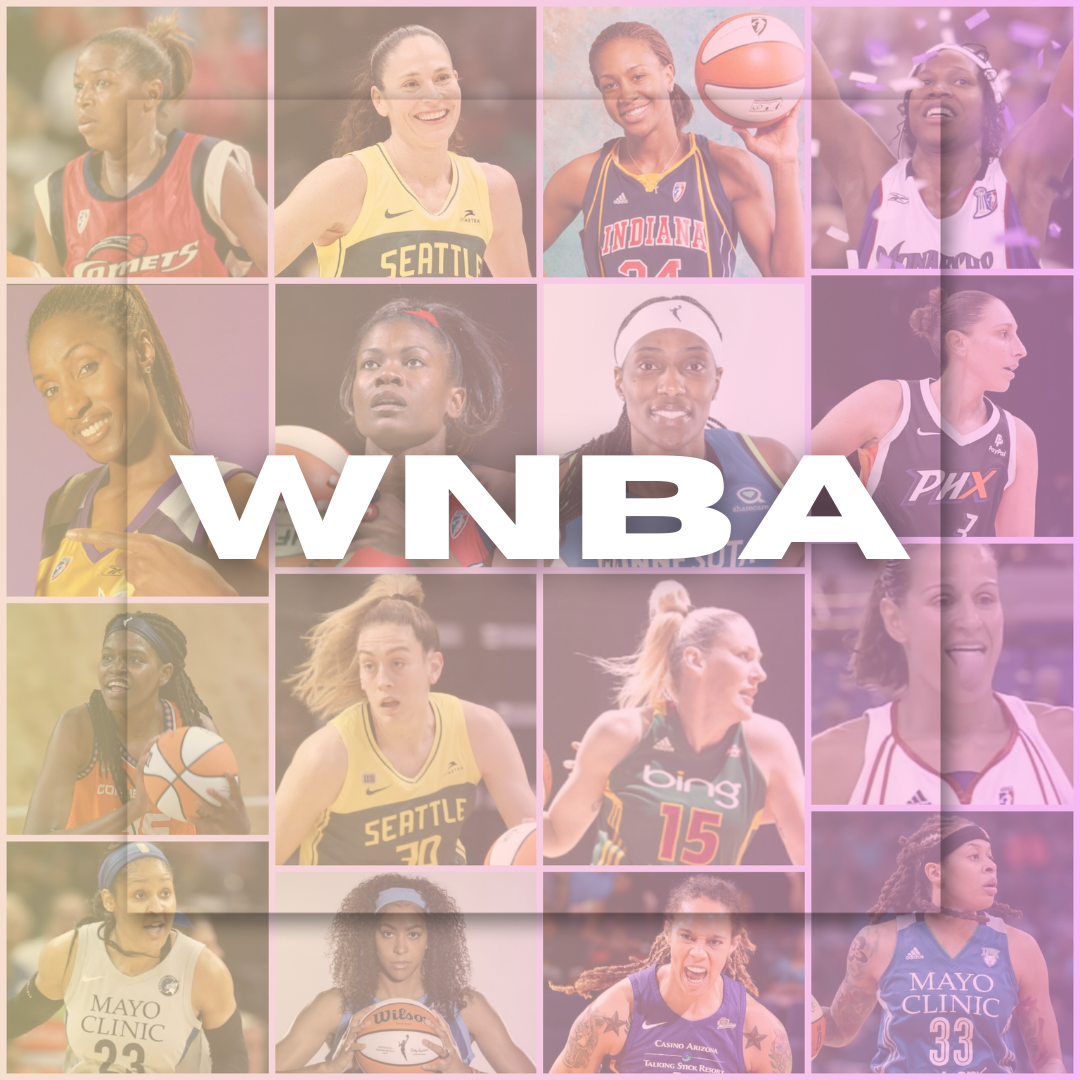
Proposed "Professional College Sports" League: A Game-Changer in Collegiate Athletics
By Jason Bolton April 04, 2024 21:25
The landscape of college athletics is on the brink of a seismic shift as a group of influential figures, led by Brian Rolapp, the NFL's second-in-command, is championing the idea of a "Professional College Sports" league - a radical departure from the current NCAA framework. This proposed league, known as the "Super League," seeks to revolutionize college football by introducing a structured system that could potentially replace the existing collegiate athletic structure.
With NIL being a continuing big part of College Sports a pay for play model continues to be something that is at the forefront of discussions. In any industry where there is a potentially undervalued asset the forces at be will work their way in to the situation.
Brian Rolapp's Involvement: A Key Player in the Proposal
Brian Rolapp, a prominent figure in the NFL known for his involvement in the league's substantial TV deals, is a central figure in this groundbreaking proposal. Despite his NFL background, sources emphasize that the NFL is not officially involved in this initiative. Rolapp, along with a 20-person group, is spearheading the push for this transformative change, which aims to address the pressing legal challenges facing college sports, including Name, Image, and Likeness (NIL) and transfer rules. His involvement underscores the gravity and implications of this potential reformation in collegiate athletics.
Features of the Super League Proposal
The "Super League" proposal envisions a two-tiered system where the top 70 teams, including major conferences and notable teams such as Notre Dame and SMU, form the top tier. Meanwhile, the second tier comprises teams that compete for promotion to the upper echelon. This format eliminates the traditional conference system and introduces a promotion and relegation system, akin to that of European soccer leagues.
The league would consist of 7 10-team divisions, with an additional division for non-permanent members based on a promotion system, similar to that of the Premier League. The playoffs would be determined by division records, mirroring the NFL's approach. Moreover, the proposal advocates for a direct payment system for athletes, aiming to address the prevailing challenges associated with NIL regulations.
Pros and Cons of the "Super League" Proposal
Pros
- Structured System: The proposed league introduces a structured format, potentially mitigating issues related to the current selection process for playoffs.
- Direct Athlete Payment: Embracing a direct payment system for athletes could address the complexities surrounding NIL regulations and provide a more transparent compensation model.
- Potential for Financial Stability: The new league could pave the way for better TV deals and financial stability, benefiting athletes and supporting other collegiate sports needs.
Cons
- Resistance from Current Stakeholders: The proposal faces resistance from colleges hesitant to disrupt existing TV partnerships and expensive, long-term TV deals held by major conferences.
- Complex Transition: Turning this ambitious idea into reality poses significant challenges, including the need to navigate legal, political, and commercial complexities.
- Uncertainty Surrounding Impact: The potential repercussions of replacing the NCAA's role in collegiate sports remain uncertain, raising concerns about the overall impact on college athletics.
Comparison with the Current NCAA Framework
Super League Proposal
- Structured Format: Introduces a structured system with potential for promotion and relegation, akin to European soccer leagues.
- Direct Athlete Payment: Advocates for a direct payment system to address challenges associated with NIL regulations.
Current NCAA Framework
- Traditional System: Operates within the traditional NCAA framework, involving conferences, playoffs, and existing selection committees.
- NIL Regulations: Operates under current NIL regulations, which have posed legal and ethical challenges.
The Unknown Future of College Sports
The proposed "Professional College Sports" league presents a compelling vision for the future of collegiate athletics. While it introduces innovative elements such as a structured format and direct athlete payment, it also faces significant hurdles, including resistance from current stakeholders and the complexities of transition. The potential impact of this proposal on college athletics is profound, with far-reaching implications that necessitate careful consideration of its viability and consequences.
In an era marked by unprecedented legal challenges and evolving dynamics in collegiate sports, the "Super League" proposal embodies a critical juncture that demands comprehensive evaluation and deliberation. As the debate unfolds, the future of collegiate athletics hangs in the balance, with the potential for a paradigm shift that could redefine the landscape of college football and beyond.

























































